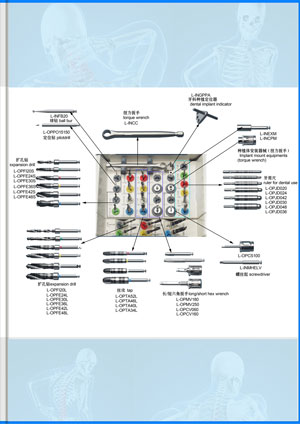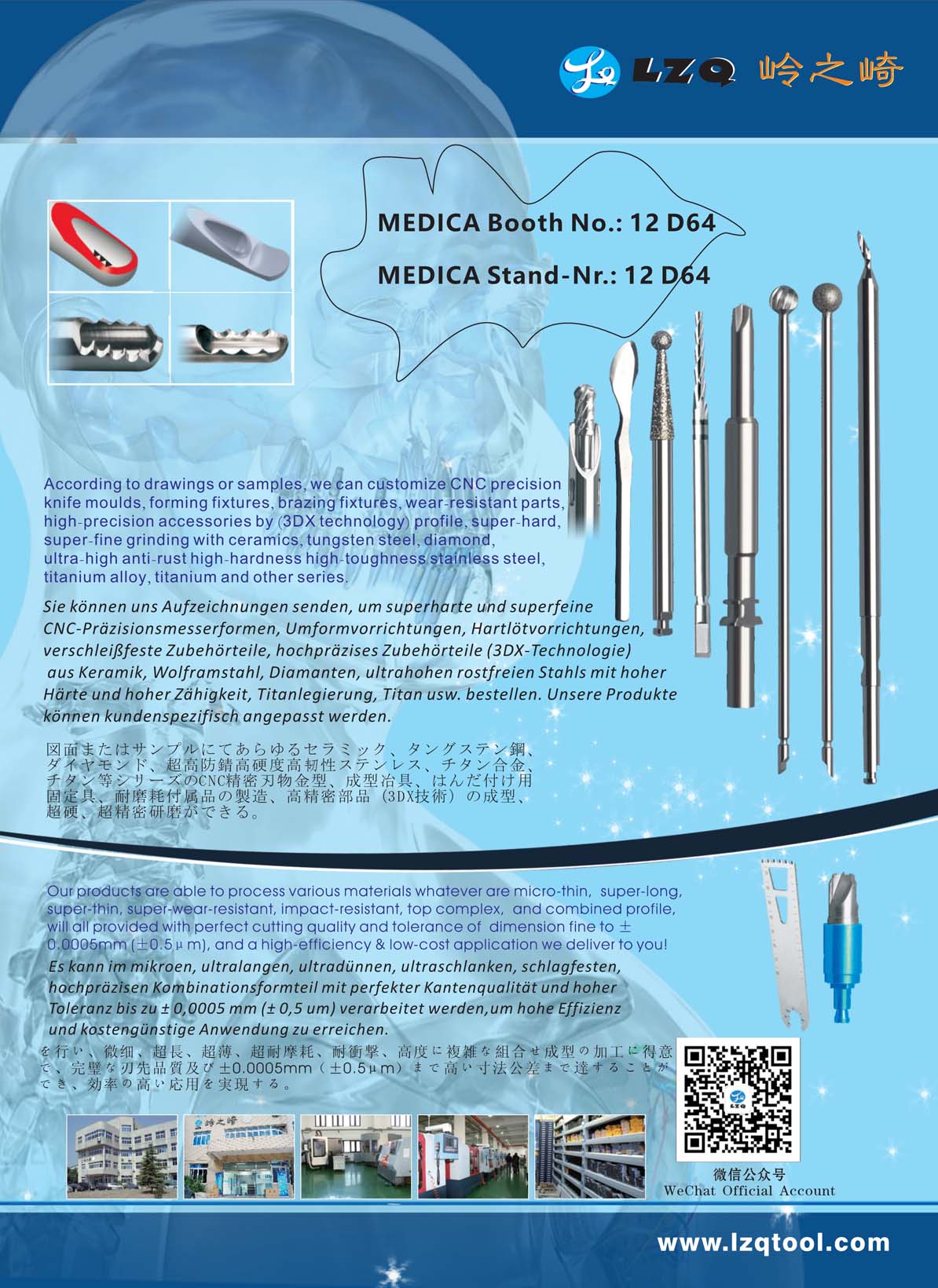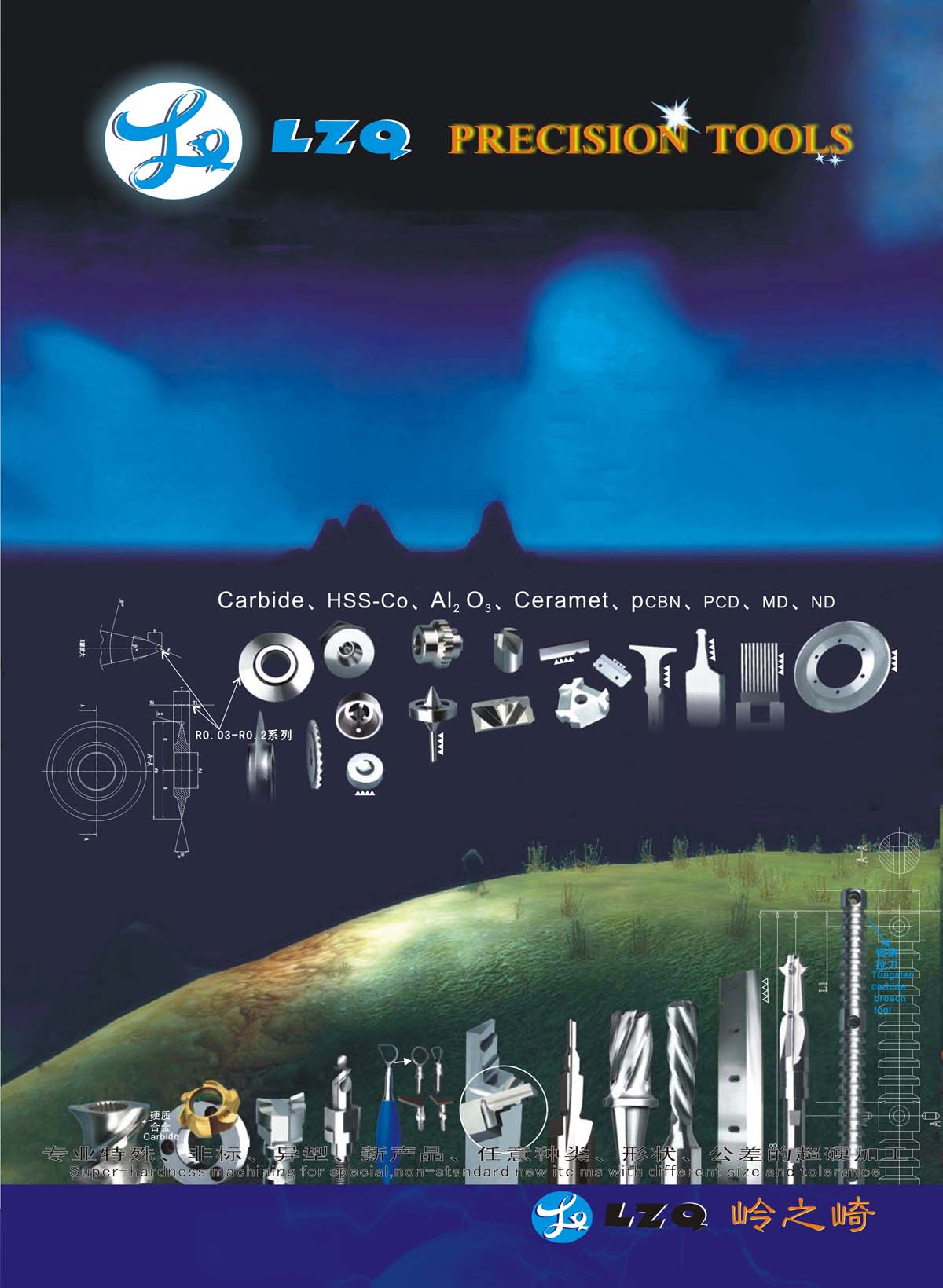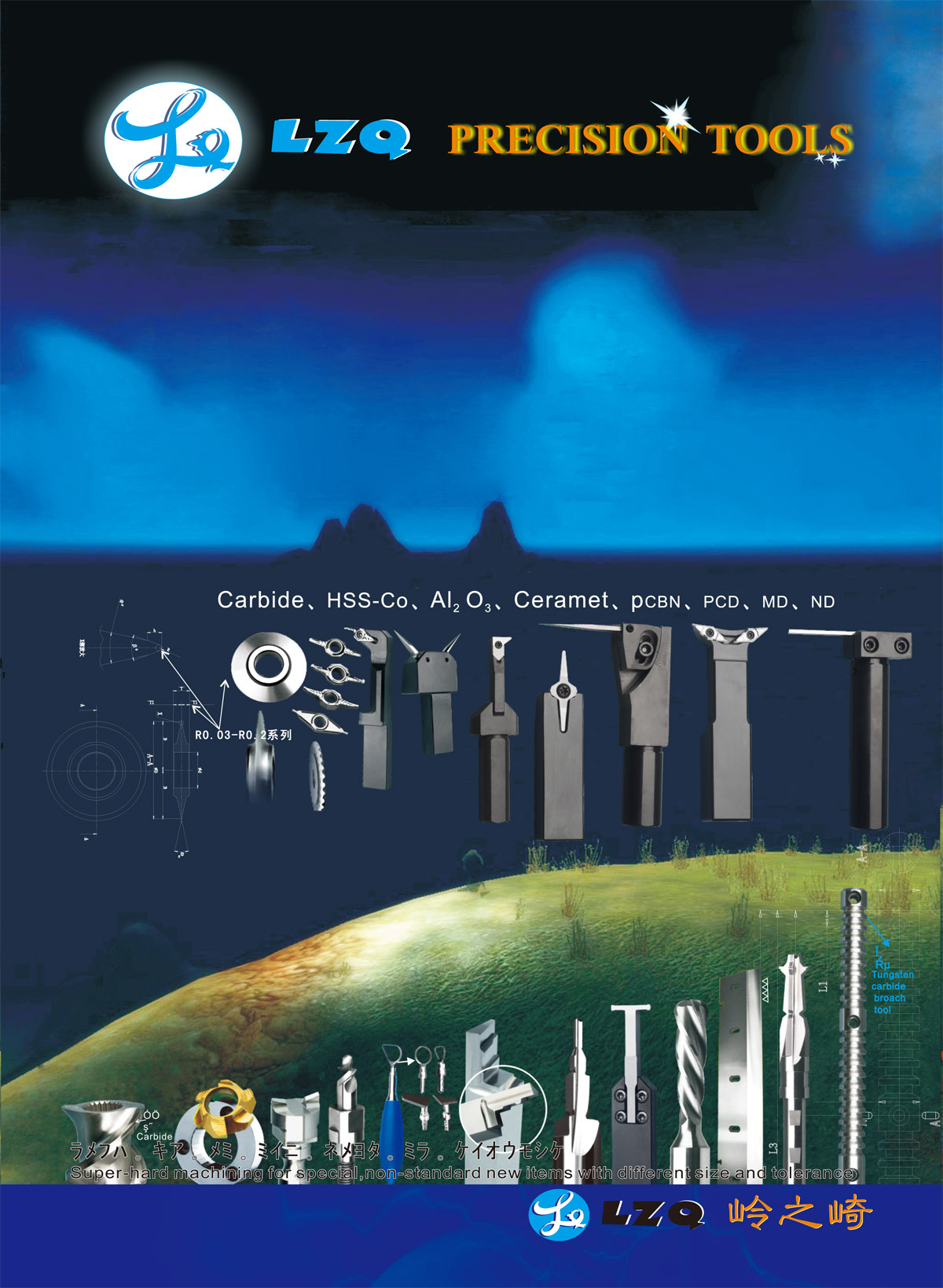Product Details
Material:
①Super-high anti-rust high wear resistant stainless steel
series(AA)(HRC54°±2°Section)(regularly stock)
②General anti-rust high wear resistant stainless steel series
(A)(HRC45°~64°Section)
③If necessary, with super-high finish grinding, the driver finish could reach ±0.002mm.
To acquire a sufficient width and peak of bone, a number of bone grafting techniques have been developed. The most often used is referred to as guided bone graft augmentation the place a defect is stuffed with either natural (harvested or autograft) bone or allograft (donor bone or artificial bone substitute), covered with a semi-permeable membrane and allowed to heal. During the recuperation phase, natural bone replaces the graft forming a new bony base for the implant.
The gingival surrounding an enamel has a 2–3 mm band of vibrant pink, very robust connected mucosa, then a darker, large vicinity of unattached mucosa that folds into the cheeks. When changing teeth with an implant, a band of strong, attached gingival is wished to keep the implant healthy in the long-term. This is specifically vital with implants due to the fact the blood furnish is more precarious in the gingival surrounding an implant and is theoretically extra prone to damage because of a longer attachment to the implant than on a tooth (a longer biologic width).
1. that department of the restoration arts involved with the enamel and related buildings of the oral cavity, including prevention, diagnosis, and therapy of disease and restoration of defective or missing teeth.
2. the work performed by using dentists, e.g., the creation of restoration, crowns, and bridges, and surgical tactics carried out in and about the oral cavity.
3. the practice of the dental occupation collectively.

 +86-021-50327060
+86-021-50327060
 zq@lzqtech.com
zq@lzqtech.com
 Medical Instrument
We can achieve perfect edge quality and dimensional tolerance up to±0.0005mm (±0.5μm) in the process of micro, ultra-long, ultra-thin, super-abrasive, impact-resistant, high-precision and combined ... VIEW MORE
Medical Instrument
We can achieve perfect edge quality and dimensional tolerance up to±0.0005mm (±0.5μm) in the process of micro, ultra-long, ultra-thin, super-abrasive, impact-resistant, high-precision and combined ... VIEW MORE Implant
Corresponding and matching drills and tools of different types, forms, shapes, structures can be high precisely ground to mold according to different brands and different types of implants forms, shap... VIEW MORE
Implant
Corresponding and matching drills and tools of different types, forms, shapes, structures can be high precisely ground to mold according to different brands and different types of implants forms, shap... VIEW MORE Cutting Tools
Super-hardness machining for special, non-standard new ite ms with different size and tolerance. VIEW MORE
Cutting Tools
Super-hardness machining for special, non-standard new ite ms with different size and tolerance. VIEW MORE Accessory Parts
we can customize for you according to your samples or drawings for any manufacturing of ceramic,carbide,stainless high-speed steel, stainless steel, titanium alloy, titanium diamond, etc series, hig... VIEW MORE
Accessory Parts
we can customize for you according to your samples or drawings for any manufacturing of ceramic,carbide,stainless high-speed steel, stainless steel, titanium alloy, titanium diamond, etc series, hig... VIEW MORE































.webp)

























































































































































































































 +86-021-50327060
+86-021-50327060 
 NO.1269 Plant, Jinhu Road, Jinqiao Export Processing Zone, Pudong New District, Shanghai, China.
NO.1269 Plant, Jinhu Road, Jinqiao Export Processing Zone, Pudong New District, Shanghai, China. 
